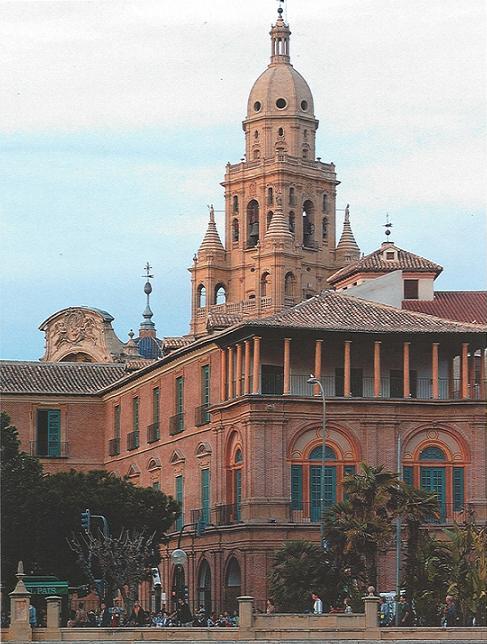El cero de las formas. El Cuadrado negro y la reducción de lo visible
Abstract
Compared to the modernist idea that modern art represents the apotheosis of the visual and the glorification of the gaze, this article shows an iconoclastic and invisible genesis of modern art in abstraction. The beginnings of abstraction were related to a discredit of the visible world and the denial of the pleasure of the regard. This is a tendency that has to do with a deep reorganization of vision throughout the 19th century which evolved towards the 20th century. This text focuses on a work which constitutes one of the best examples of suspicion on vision: the famous Black Square, painted by Malevich at the beginning of the 20th century. It is a painting that, besides representing Malevich’s radical entrance into abstraction, it shows, in an extreme way, some kind of antivisual thought. It is the same thought that, as an arrow, flies through modern art from its birth.Downloads
-
Abstract1048
-
PDF (Español (España))647
1. The authors non-exclusively assign the exploitation rights (reproduction, distribution, communication and transformation) to the magazine.
2. The works published in this magazine are subject to the Attribution-ShareAlike 4.0 International license (CC By SA 4.0). Therefore, they can be copied, used, disseminated, transmitted and publicly displayed, provided that:
i) the authorship and the original source of its publication (journal, editorial and URL of the work) are cited, thus allowing its recognition.
ii) it is allowed to remix, transform or create from the material while maintaining the same license as the original.

3. Self-archiving conditions. Authors are allowed and encouraged to electronically disseminate the pre-print (version before being evaluated) and/or post-print (version evaluated and accepted for publication) versions of their works before publication, as it favors their publication. Earlier circulation and diffusion and with it a possible increase in its citation and reach among the academic community. Color RoMEO: verde.






















